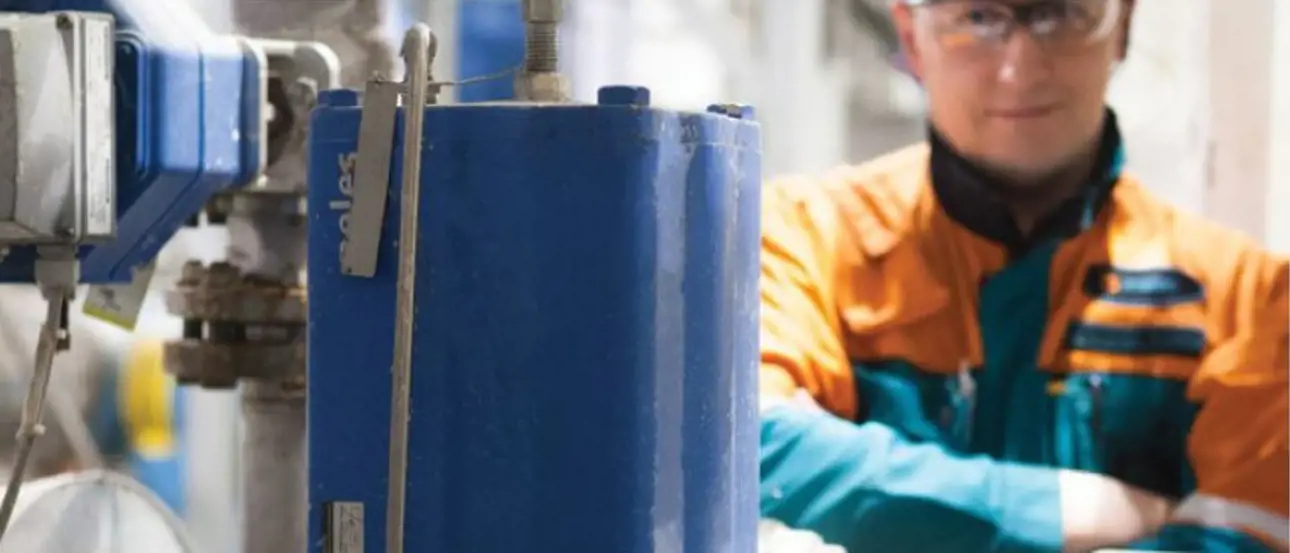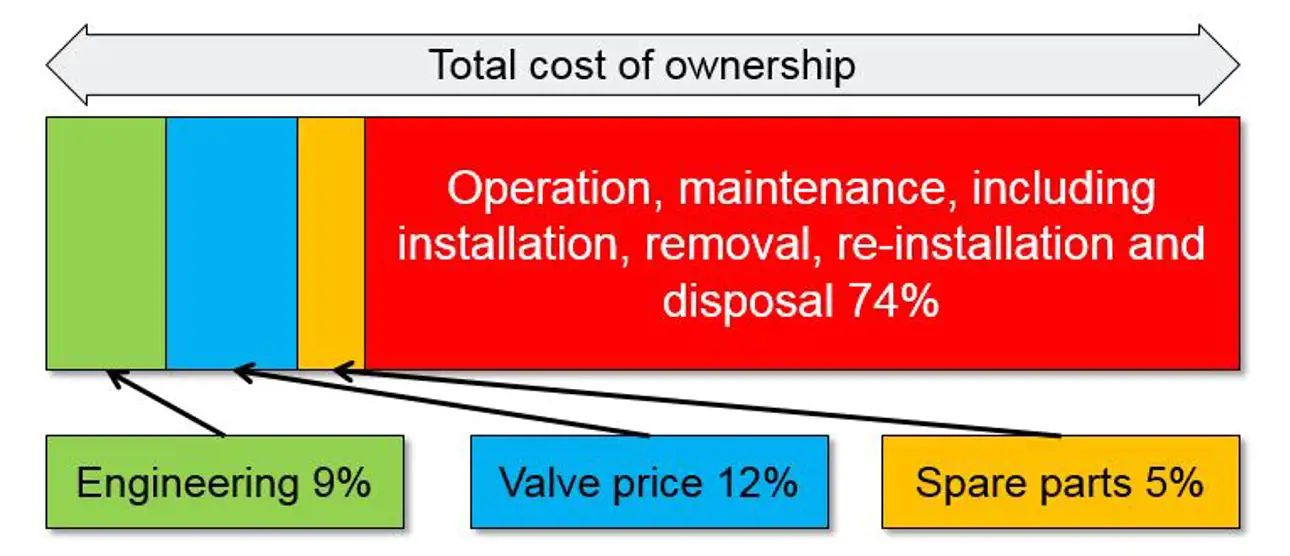Process uptime, safety and productivity are topics that always count when speaking about industrial processes and process plants. Correctly selected process valves are essential to achieve the set uptime, safety and productivity targets and also help minimize the maintenance costs and waste of energy and raw materials.

The key to successful valve selection starts with application information and process knowledge. Accurate process conditions are needed to make accurate valve selection and sizing. Valve application know-how, together with modern sizing tools, has a vital role in finding the right valve solution and being able to predict possible problems beforehand. For proper valve selection, the history information of current valve installations or references from similar applications also helps to avoid the most common selection mistakes and problems.
Different valve types have their own suitable applications
There are numerous factors that need to be taken into account when selecting the correct valve solution for an industrial process. There are also several different valve types and designs on the market. All of the different designs have their own suitable applications. Selecting the wrong type of design will jeopardize the operational life of the valve and increase the need for maintenance and spare parts. More importantly, the selection can also have a major impact on plant operation and safety.
Most commonly, valve problems are somehow related to the wrong valve and trim selection or sizing. The valve type and materials should be selected based on the real application requirement while keeping in mind the investment and total cost of the valve ownership. It is equally important to select the correct trim designs, material, and coatings separately for each different application. One general trim construction might work well in one application but get damaged quickly in another. For this reason, there are several different seat constructions available, each with their own specific applications and process mediums for which they have been designed and tested.
Life-cycle costs versus purchasing cost
Traditionally, the direct purchasing cost of devices has been seen as one source of savings, sometimes even at the expense of the device’s quality and performance. Moreover, it has been estimated by some oil & gas valve end users that only 10–30% of the total costs of control valve ownership is related to the valve purchase price, whereas 70–90% can be attributed to maintenance, repair, and operation (MRO). In addition, it is important to consider the total financial impact of possible device failures on plant production. A small savings in purchasing costs upfront at the expense of device quality can cause much larger expenses through process upsets and device maintenance costs later on.


